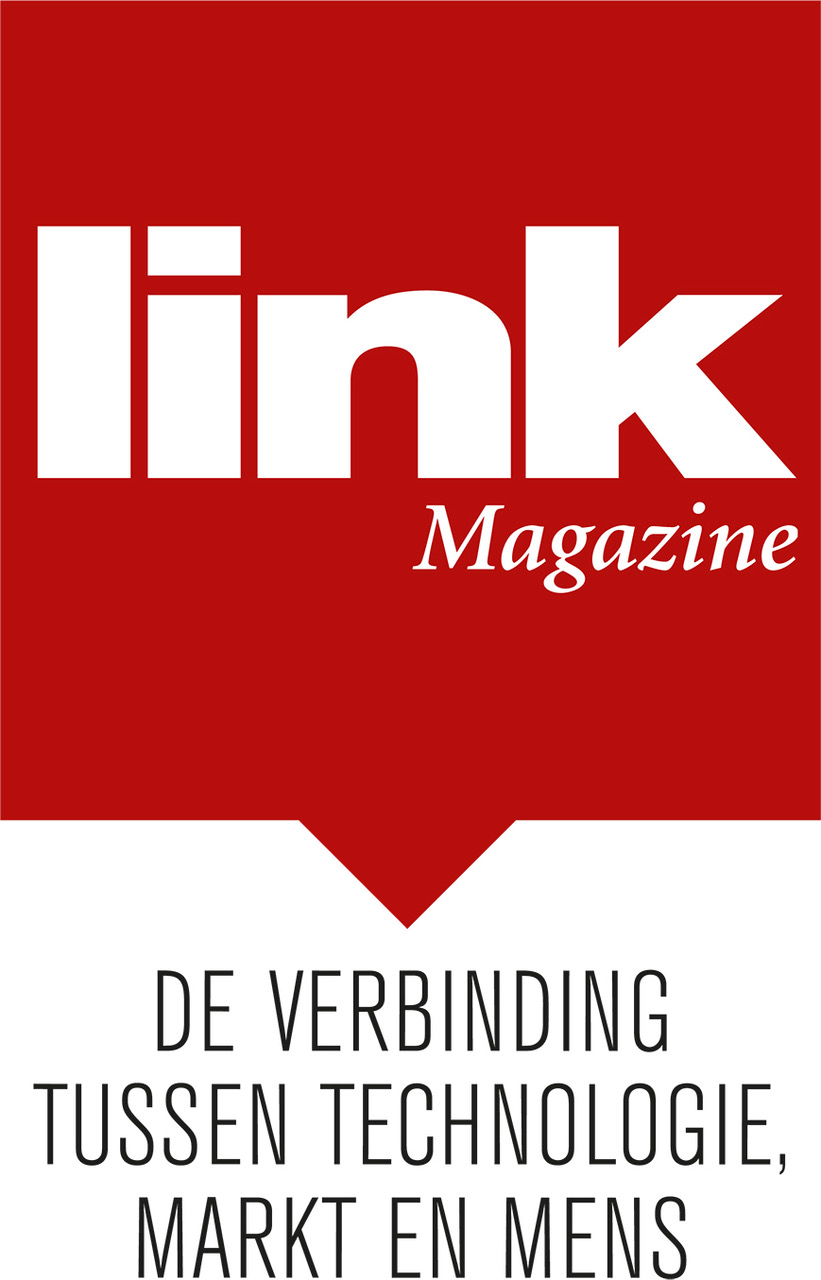Photon Delta is ready for the transition to megamarket
The market for photonics, modern light applications, is growing by around ten per cent per annum and by 2020 will be worth in excess of 600 billion euros. The Netherlands is a pioneer in technological development and is a driving force behind the formation of a European research consortium. A complete ecosystem called Photon Delta has now evolved in the Low Countries, encompassing research, production and application development. ‘There’s potential for it to expand and become the Silicon Valley of integrated photonics.’
For half a century now the development of semiconductor chips has been following the well-known Moore’s law: due to the progressive miniaturisation of chip features, the performance of electronics is doubling every two years. However, limits are gradually creeping into view. Fortunately, an additional basic technology is presenting itself, namely photonics: applications involving the use of light particles or photons. The combination of photonics and electronics – faster and more energy-efficient than the two technologies separately – has the capacity to continue the trend of ongoing improvement in terms of chip performance.
600 billion euros
The data centres, which host software applications and data storage for the internet, are an important driver. Their energy requirement now makes up three per cent of worldwide energy consumption, according to Professor Ton Backx from Eindhoven University of Technology (TU/e). ‘And that’s growing exponentially. In two to four years’ time photonics will have to take over the communication in those data centres.’ Photonics can easily fulfil the increasing capacity requirement – up to as much as 1 terabit/second by 2020 – without the high degree of heat generation that characterises semiconductor chips. ‘Other applications will be able to develop in the slipstream of technological developments for data centres as well.’
The market for photonics is growing by around ten per cent per annum and by 2020 will be worth in excess of 600 billion euros, of which 60 billion will be accounted by photonic integrated chips (PICs) and their applications. The Netherlands has been a pioneer in photonics research for over two decades now. ‘We’re currently working on scaling things up to European level’, says Erik Teunissen, Senior Managing Consultant at consultancy firm Berenschot. He was the Programme Coordinator for the Dutch research and is one of the initiators of the proposal for a European research consortium which will shortly be submitted to the European Joint Technology Initiative ECSEL (Electronic Components and Systems for European Leadership). ‘The USA is putting 600 million dollars into photonics and China more than 300 million, so it’s high time Europe invested in photonics.’
Market development
The Netherlands is ready for it, particularly after the foundation of Photon Delta last autumn. Teunissen was co-author of the road map for the platform geared towards accelerating the growth of the photonic ecosystem around Eindhoven. ‘Boosting application development is key to this ambition.’ To this end, Photon Delta will be facilitating R&D, knowledge sharing and cooperation. The R&D will be funded by the Institute for Integrated Nano-Photonics (with Ton Backx as CEO; the official kick-off will take place during the Photonic Integration Symposium in Eindhoven on 25 April). The institute conducts research on three levels, namely photonic materials, integrated chips and complete systems. A separate limited company will be managing the intellectual property and companies can join a cooperative offering access at reduced licensing rates to the knowledge generated.
A major task for Photon Delta is to chart the demand side of things, says Managing Director Ewit Roos. ‘We have to bolster demand – at European level too – by means of ‘sensitisation’, as the restrictive factor in the market at present isn’t the technology but awareness of the possibilities. We’re tackling this by efficiently connecting all parties in the photonic supply chain and getting them to cooperate on open innovation. There’s a great deal in place already in terms of knowledge generation at universities and high-tech mechanical engineering in the Brainport Eindhoven region.’ A third crucial ingredient for the ecosystem is freely accessible production capacity. This is also provided for, by means of SMART Photonics. Roos: ‘If this can expand to become an international player for prototyping and volume production of PICs, Photon Delta will become the Silicon Valley of integrated photonics.’
Pure-play
One product of the photonics research carried out by the TU/e is SMART Photonics, the world’s only pure-play foundry for this new technology. The independent chipmanufacturer is accessible to any chip developer. Last autumn SMART Photonics opened its pilot production line for PICs in indium phosphide (InP). Active photonic components, such as lasers, and passive components, such as filters, can be integrated on the InP platform. CEO Richard Visser: ‘The production expertise of our people is among the best in the world. Every three months we perform a so-called multi-project wafer run, which enables participants to try out various designs for a new chip relatively inexpensively. It has proved a huge success, as our process is generic rather than application-specific. We offer a number of generic building blocks, developed in conjunction with the TU/e, which make designing chips for a variety of applications straightforward: medical, telecom and datacom, aviation, automotive, mechanical engineering, etc. We want to open a factory for volume production in Eindhoven in 2018. The intention is that it will go on to become the world’s largest supplier of photonic chips.’
SMART Photonics is one of the driving forces behind Photon Delta, says Visser. ‘Our multi-project wafer runs from 2013 onwards – which is when we first started openly offering the technology on the market – allowed us to demonstrate their disruptive character, with performances up to 10,000 times better than the existing technology for similar applications. We’re currently witnessing the same evolution in photonics that we saw starting in semicon fifty years ago, and we need to be ready for it if there is demand for considerable volumes of chips. That’s why we’re busy working on the technology and Photon Delta can help us to get the market to grow.’
Packaging
Already active on the market at present is Technobis in Alkmaar, part of the Photon Delta ecosystem and a customer of SMART Photonics. ‘We’re a pioneer in sensing applications for photonics’, says CEO Pim Kat. Special sensors or bare fibres that are read out photonically enable detection of changes in physical variables such as length, pressure or temperature. This makes it possible to measure distortion in precision machinery, mechanical load on aeroplane wings or temperature of critical components, etc. ‘When it comes to sensing, we’re now able to create anything the customer can think of. Thanks to the integration of photonics, we’ve achieved a reduction in price and dimensions and a breakthrough in terms of possibilities. This is only just starting to seep through into the market.’ Technobis still has its work cut out for it. ‘We badly need more photonic building blocks. There are standard blocks of course, but for certain applications we need to adapt them. A second challenge is the ramp-up of production. Until now we’ve been doing series of ten to a hundred. We’re now heading towards 5,000-10,000. This means that the yield of the production process will have to be improved. Furthermore, the packaging for a photonic chip is more complex than it is for a semiconductor chip. We’ll be doing the packaging ourselves, because we don’t want our bare chips getting into the hands of third parties. In order to recover the requisite substantial investment, we will be offering this packaging service to the market.’






